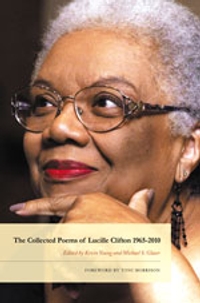Bunk: The Rise of Hoaxes, Humbug, Plagiarists, Phonies, Post-facts, and Fake News
Kevin Young. Graywolf, $30 (576p) ISBN 978-1-55597-791-7
Poet and author Young (The Grey Album) chronicles a distinctly American brand of deception in this history of hoaxers, fabricators, liars, and imposters. Young traces the tradition of journalistic duplicity from an 1835 newspaper story reporting winged men on the moon to the fabrications by the New Republic’s Stephen Glass in the late 1990s. He explores forgeries and falsifications in literature, including the exaggerated claims of James Frey in his memoir A Million Little Pieces and the wholesale creation of false identities, providing the example of J.T. LeRoy, allegedly a child prostitute turned novelist but later revealed to be the literary persona of writer Laura Albert. While many of these hoaxes will be familiar to those with a decent grasp of American history and current events, there are plenty of obscure examples as well, such as the 1941 emergence of the nine-year-old poet-prodigy Fern Gravel, charmingly declared “the lost Sappho of Iowa” by the New York Times, who was later revealed to be the brainchild of author James Norman Hall. Young explores the many instances where the hoax intersects with race and racism, notably P.T. Barnum’s exploitation of the supposed centenarian Joice Heth, a black nursemaid of George Washington, and the more recent instance of Rachel Dolezal, a white woman pretending to be black, who led her local chapter of the NAACP. Using these examples, Young astutely declares the hoax a frequent metaphor for a “deep-seated cultural wish” that confirms prejudicial ideas and stereotypes. While the book suffers a bit from its glut of examples, Young’s remarks on race and his comparison of Trump and Barnum, both of whom gained power from spectacle, in the book’s coda are well worth sifting through the drier material. (Nov.)
Details
Reviewed on: 08/14/2017
Genre: Nonfiction
Compact Disc - 978-1-6651-4326-4
Compact Disc - 978-1-68168-710-0
Library Binding - 978-1-4328-5021-0
MP3 CD - 978-1-6651-4325-7
Paperback - 576 pages - 978-1-55597-816-7
Pre-Recorded Audio Player - 978-1-5094-7054-9



